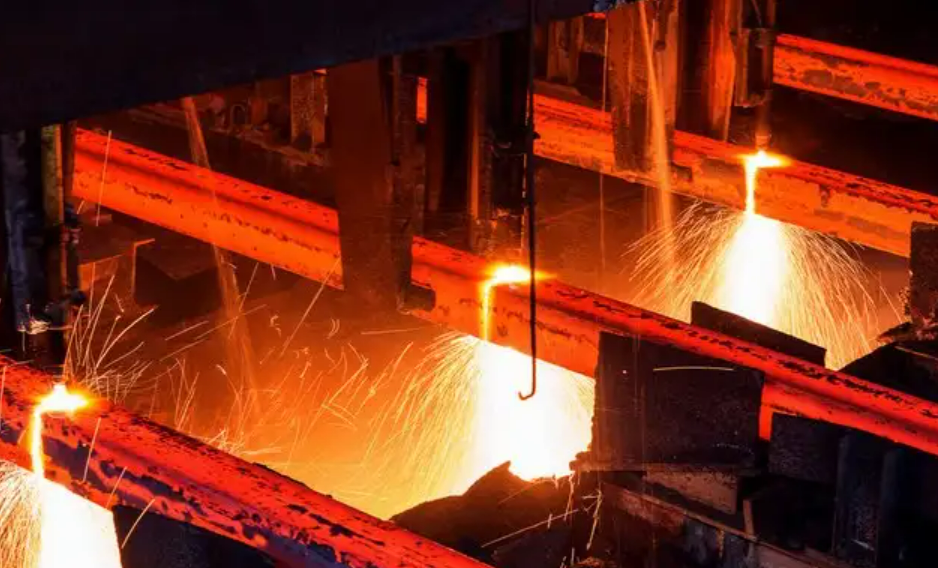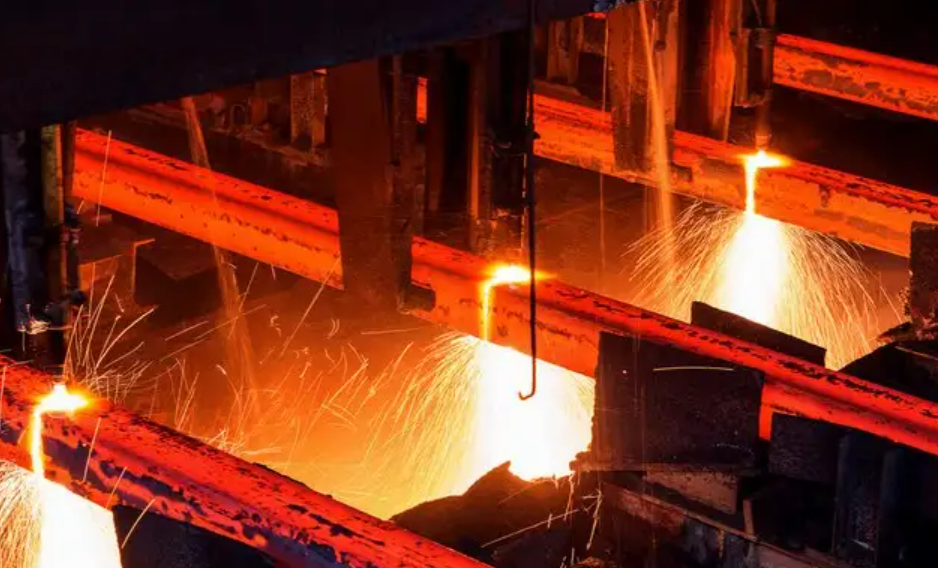List of Compatible Contact Materials of Refractory Metals

Refractory metals—primarily tungsten (W), molybdenum (Mo), tantalum (Ta), niobium (Nb), and rhenium (Re)—are among the most robust and resilient materials in the periodic table. They are distinguished by their extremely high melting points, excellent mechanical strength at elevated temperatures, and remarkable resistance to chemical corrosion and thermal shock.
Despite their endurance, the long-term performance of refractory metals in real-world applications often hinges on the compatibility of the materials they come into contact with. Selecting the appropriate contact material is therefore not a secondary design consideration—it is central to the reliability and lifespan of the entire system.

Key Considerations for Compatibility
At the core of contact material compatibility are several key concerns. First, diffusion and alloying at the interface must be minimized. Many metals, particularly at high temperatures, tend to form intermetallic compounds with refractory metals—some of which can be brittle or embrittling.
Second, the electrochemical potential of the materials must be considered to avoid galvanic corrosion, especially in the presence of electrolytes or humid environments.
Third, the materials must resist mutual oxidation or sulfidation at elevated temperatures, and finally, they must possess similar thermal expansion coefficients where mechanical integrity across temperature swings is critical.
Tungsten (W)
Tungsten, perhaps the most iconic of the refractory metals, is known for its exceptionally high melting point and mechanical strength. However, it is chemically active at high temperatures and tends to form brittle compounds with many transition metals. For this reason, it is most commonly paired with materials that either form minimal diffusion zones or act as barriers to chemical interaction. Graphite, for example, is frequently used as a contact material for tungsten in high-vacuum and high-temperature environments. Its chemical inertness and thermal resilience make it an ideal non-reactive partner. In other contexts, tungsten may be used with alumina or boron nitride ceramics, which provide electrical insulation and chemical stability. When electrical conductivity is needed, rhenium or molybdenum can serve as contact partners, particularly in applications like X-ray tubes or thermionic converters, where the metals remain in vacuum or inert atmospheres.
Molybdenum (Mo)
Molybdenum, while similar to tungsten, is somewhat more chemically active but easier to machine and more ductile at room temperature. It is widely used in applications involving heat transfer and electrical conductivity, such as heat shields, sputtering targets, and semiconductor supports. A notable compatibility is with copper, where molybdenum-copper (Mo-Cu) composites are engineered to deliver both high thermal conductivity and low thermal expansion—ideal for heat sinks in electronics. However, molybdenum oxidizes readily above 300°C in air, so protective atmospheres or coatings are often necessary. It also pairs well with nickel and some stainless steels when joining is required, provided the operating temperature is controlled to avoid unwanted diffusion.
Tantalum (Ta)
Tantalum stands apart among the refractory metals for its exceptional corrosion resistance, particularly in acidic environments. This property makes it a material of choice for chemical process equipment, as well as for medical implants where bio-inertness is paramount. Tantalum is often in contact with platinum or other noble metals in chemical and electrochemical cells, where galvanic compatibility is critical. In medical devices, it is typically used alongside titanium or biocompatible ceramics, as both materials resist bodily fluids and show similar thermal and mechanical behavior. Tantalum also forms stable, protective oxides that contribute to its durability in both air and aqueous conditions.
Niobium (Nb)
Niobium, closely related to tantalum in both structure and chemistry, is frequently used in superconducting applications, such as in magnetic resonance imaging (MRI) systems and particle accelerators. Its compatibility with stainless steel, molybdenum, and tantalum is useful in creating composite assemblies that must endure cryogenic and high-vacuum conditions. Like tantalum, niobium is reactive in oxygen-rich environments at high temperatures, so it is often protected by diffusion barriers or used in vacuum systems where oxygen levels are tightly controlled.
Rhenium (Re)
Rhenium, the rarest and most expensive of the group, is often used in high-stress environments such as thermocouples, turbine engine components, and X-ray targets. Its mechanical properties remain outstanding even at temperatures approaching 2000°C. Rhenium has excellent alloying behavior with both tungsten and molybdenum, making it a key component in W-Re or Mo-Re thermocouples, which are used for precise temperature measurement in extreme conditions. It is less reactive than tungsten and remains ductile at cryogenic temperatures, which expands its range of potential contact materials. When paired with ceramics like alumina or with noble metals like iridium or osmium, rhenium-based assemblies maintain mechanical and chemical stability even in oxidizing or corrosive environments.
Role of Ceramics in Contact Interfaces
In many of these systems, ceramic materials—such as alumina, boron nitride, silicon nitride, or zirconia—play a pivotal role as insulating or chemically inert interfaces. Their compatibility with refractory metals lies in their thermal stability, resistance to wetting or diffusion, and minimal reactivity. These ceramics are especially common in vacuum electronics, crucible linings, and thermionic converters. They serve as electrical insulators, chemical barriers, and thermal buffers, enhancing the lifespan and performance of refractory metal assemblies.
Summary Table
|
Refractory Metal |
Compatible Contact Materials |
Key Compatibility Considerations |
|
Tungsten (W) |
Graphite, Alumina, Boron Nitride, Rhenium, Molybdenum |
Avoids intermetallics; chemically stable in vacuum; ceramics offer insulation; metals used in inert/vacuum environments. |
|
Molybdenum (Mo) |
Copper (composite), Nickel, Stainless Steel, Alumina, Rhenium |
Mo-Cu for thermal management; oxidizes >300°C; compatible with certain steels at controlled temps. |
|
Tantalum (Ta) |
Platinum, Titanium, Biocompatible Ceramics, Noble Metals |
Outstanding corrosion resistance; bioinert; forms stable oxides; galvanic compatibility in electrochemical systems. |
|
Niobium (Nb) |
Stainless Steel, Molybdenum, Tantalum, Ceramics |
Cryogenic stability; used in vacuum systems; needs protection in oxygen-rich high-temp environments. |
|
Rhenium (Re) |
Tungsten, Molybdenum, Alumina, Iridium, Osmium |
Excellent high-temp performance; stable with noble metals and ceramics; good ductility; forms high-performance alloys. |
|
Ceramics (General) |
Alumina, Boron Nitride, Silicon Nitride, Zirconia |
Inert, thermally stable, resist diffusion; used as insulators and barriers in high-temp/vacuum environments. |
For more information, please check Advanced Refractory Metals (ARM).
Conclusion
While refractory metals are celebrated for their resilience, they cannot operate in isolation. Their success in demanding applications is highly dependent on the compatibility of contact materials—whether those are other metals, ceramics, or composite systems. Proper matching ensures not only functional performance but also prevents premature failure due to chemical attack, mechanical stress, or thermal fatigue. As such, the science of interface engineering is every bit as important as the choice of base material itself in high-performance refractory metal systems.
{{item.content}}
LEVE A REPLY
{{item.children[0].content}}
{{item.content}}






